ESA astronaut Thomas Pesquet and NASA’s Jessica Wittner are the trainees for the latest phase of ESA’s PANGAEA geology campaign. They will be joined on site by Arnaud Prost, member of the ESA Astronaut Reserve, as part of a cooperation agreement between ESA and the French space agency CNES.
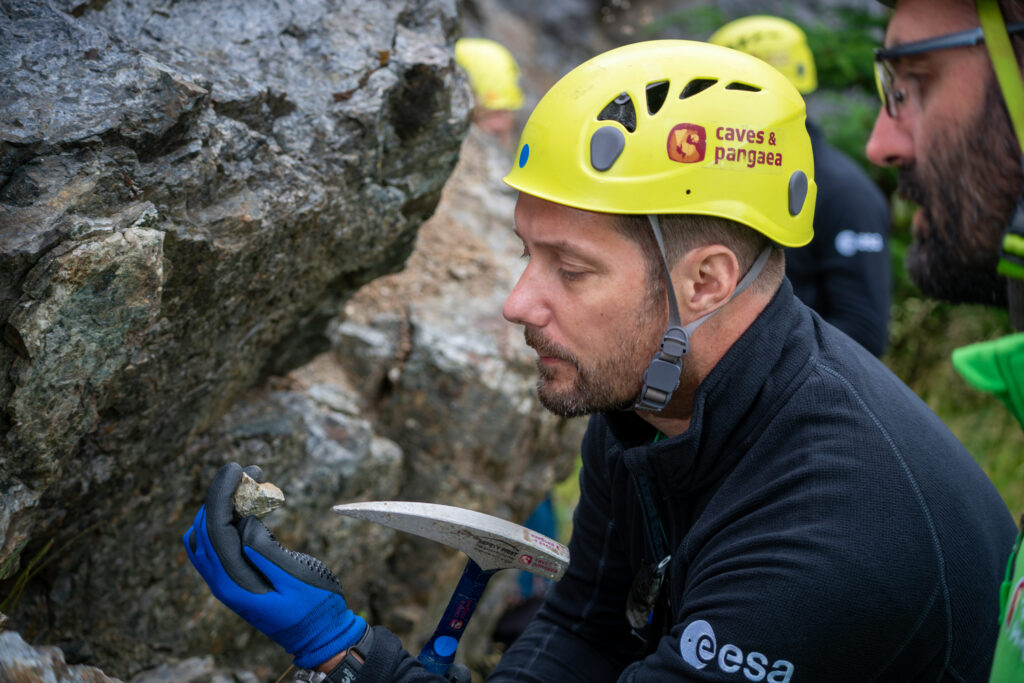
This marks the fourth time astronauts have visited this corner of the Arctic to train with ESA in lunar geology. Lofoten is one of the few locations in the world that shares geological features with the Moon’s bright, heavily cratered regions – the lunar highlands.
The three astronauts have already completed PANGAEA sessions across Europe, focusing on fundamental geological field skills in Italy, impact cratering in Germany and volcanism in Spain.
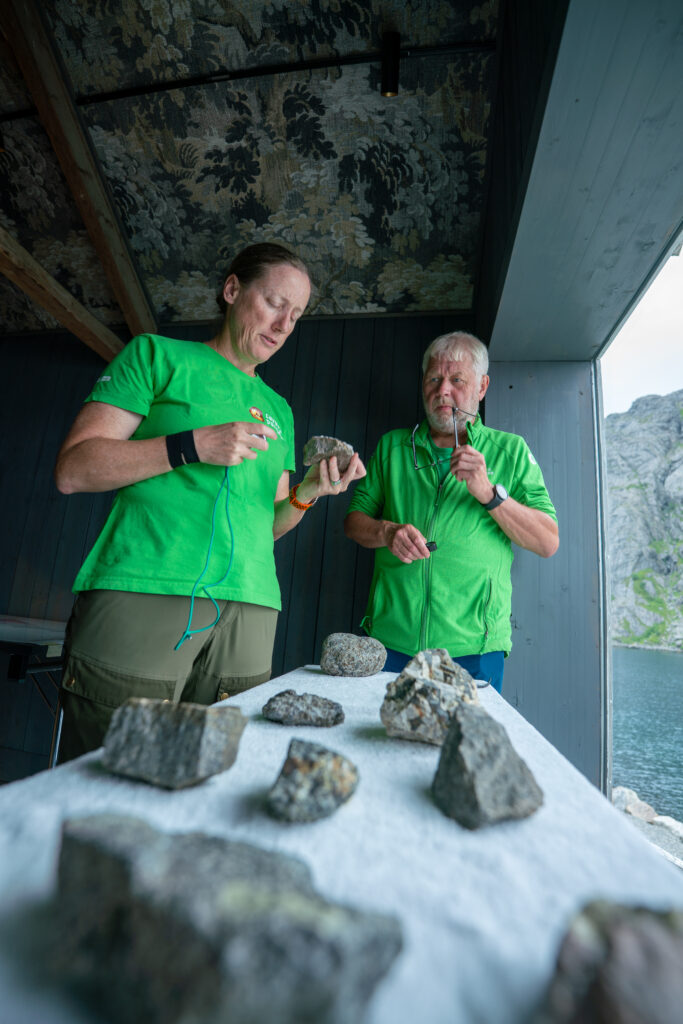
Glacier erosion reveals Moon-like rocks
Once buried beneath massive ice sheets and glaciers, the Lofoten region was carved and polished over thousands of years into dramatic peaks and sweeping valleys. This glacial sculpting exposed extensive areas of an unusual crystalline rock – anorthosite. While anorthosite is rare on Earth, it makes up a significant part of the Moon’s surface.
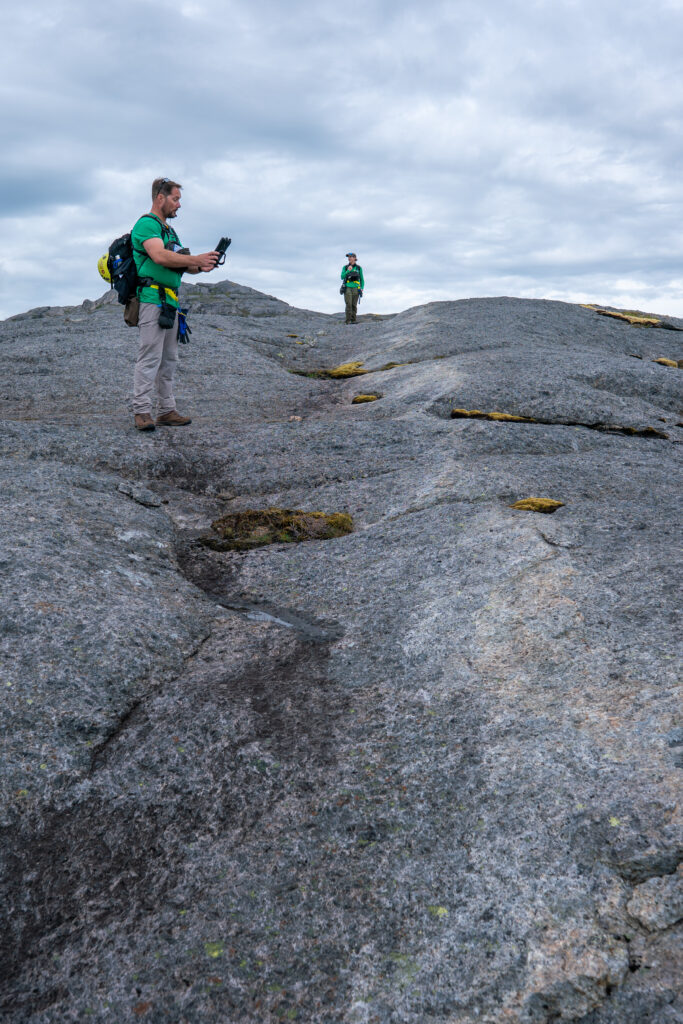
“Lofoten offers one of the finest exposures of anorthosite on Earth. It is an ideal location to introduce astronauts to these rare intrusive rocks and to train their geological field skills in preparation for the next phases of human spaceflight,” says PANGAEA’s course director Samuel Payler.
More field work
Before setting off to explore, the astronauts will analyse spectral images from satellites and drones, along with detailed geological maps, to plan their exploration activities.
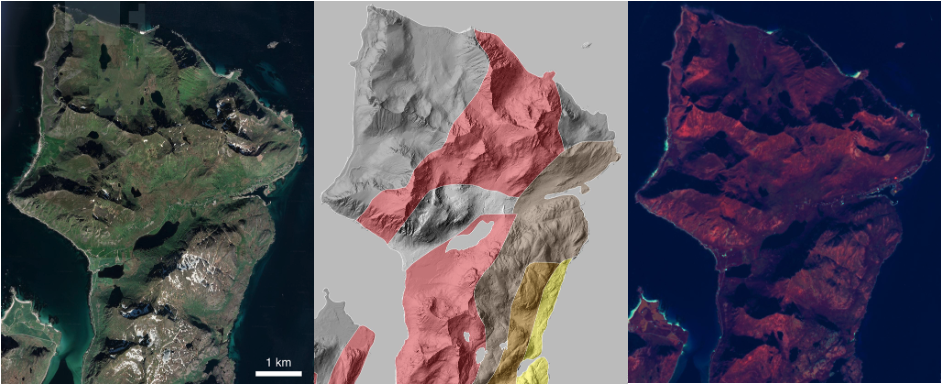
Equipped with microscopes, spectrometers and geological tools, the trainees will work to solve the puzzle of how these anorthosites formed and uncover parallels with those found on the lunar surface.
The trainees will rely on a custom app, the Electronic Field Book, to document their scientific findings and produce a geological map as they scout the area.
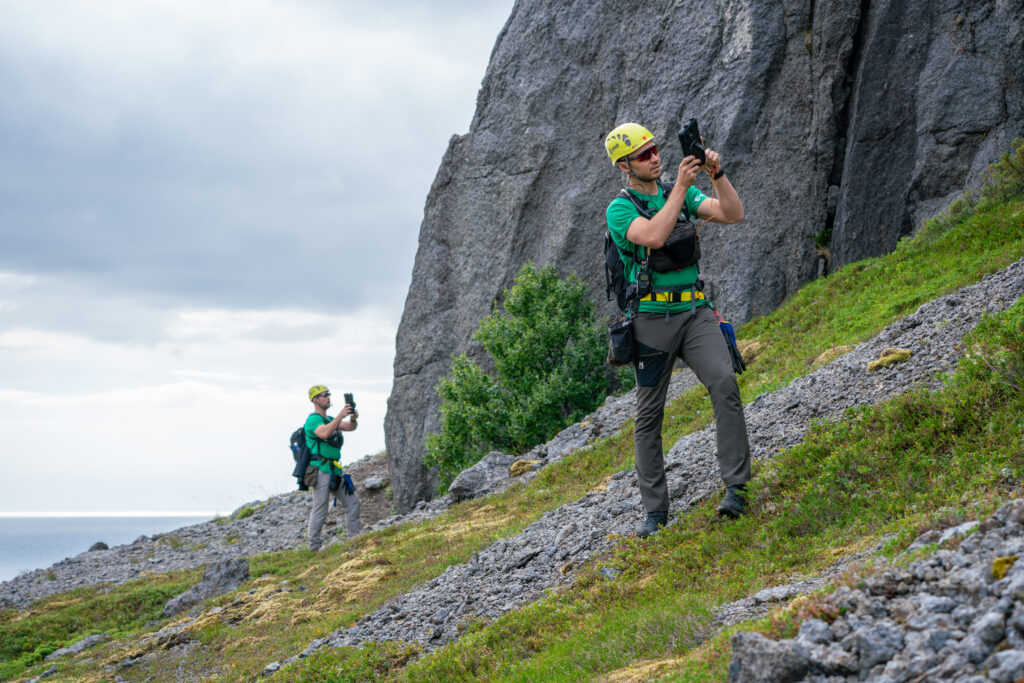
“It is a true test of the astronauts’ scientific exploration skills on multiple levels – requiring them to combine theoretical knowledge, effective communication, and practical field expertise to make sense of a complex natural environment” says Samuel.
From small details to the big picture
During the Norwegian expedition, the astronauts will spend time exploring independently. Instructors encourage them to focus on small details to build a broader geological understanding and see the bigger picture.
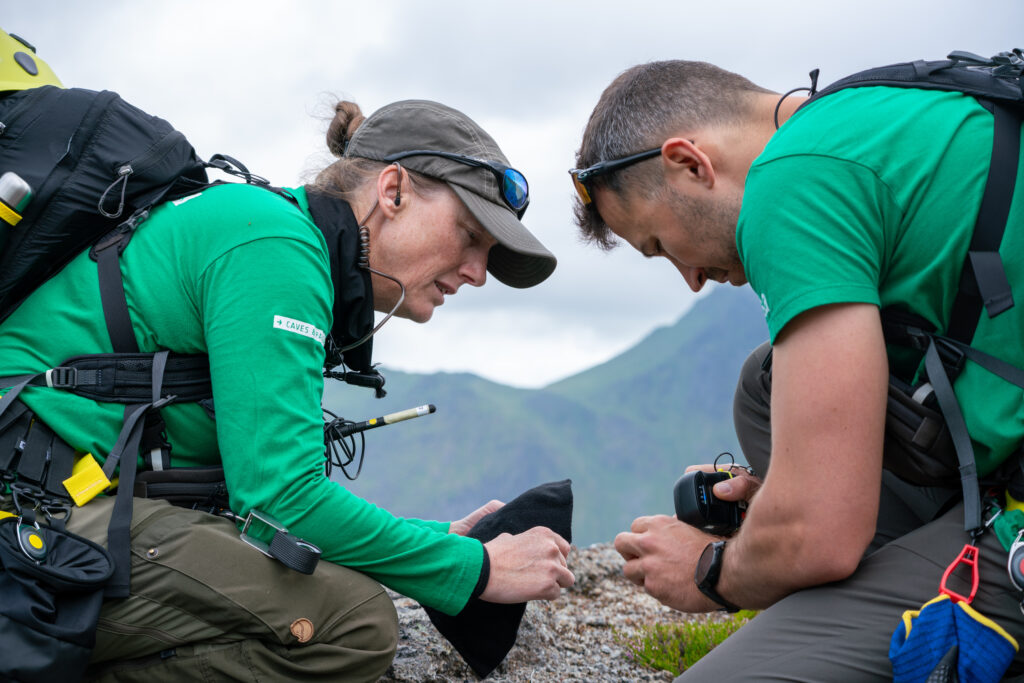
“We want to open new dimensions in the way they explore. By combining orbital and spectral imagery with field validation, they will gain a deeper understanding of how the key elements of a scientific exploration mission work together and learn to leverage these tools to maximise the chances of making new and meaningful discoveries,” says Loredana Bessone, PANGAEA project leader.
In future missions to the Moon, scientists will use a range of tools to meticulously plan where astronauts will land and explore. But once on the lunar surface, it will be the astronauts’ geological expertise that proves crucial to the mission’s success.
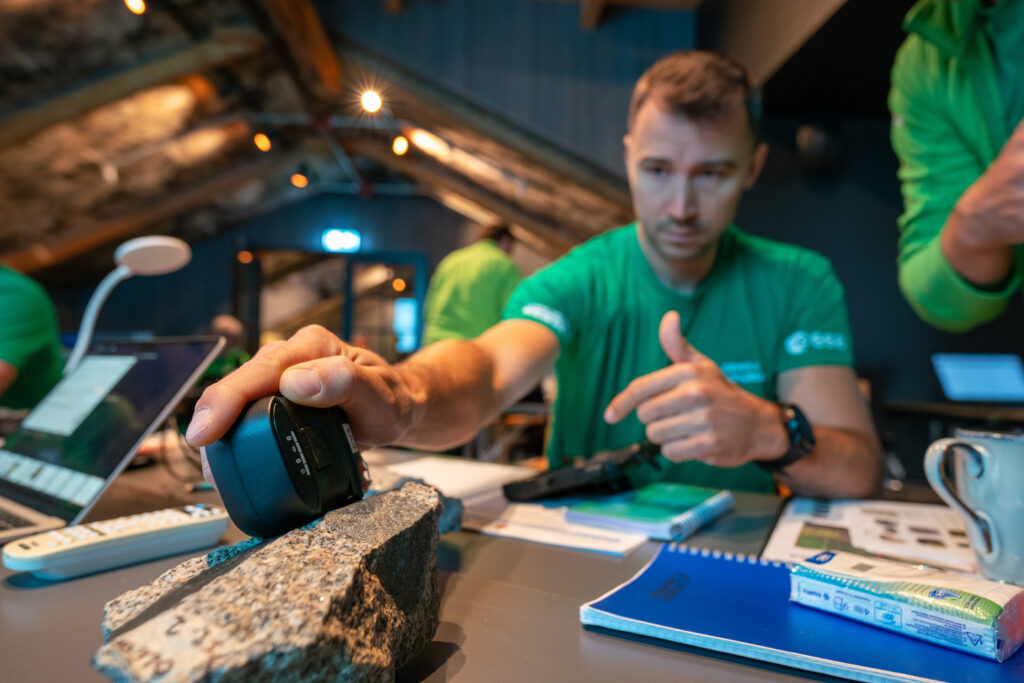
ESA’s PANGAEA course has provided astronauts with Earth and planetary geology knowledge since 2016. The course has trained 16 astronauts from four space agencies to become effective partners for scientists and engineers in designing and executing future exploration missions.

Discussion: one comment
Interesting and well thought through for the planning of future mission.